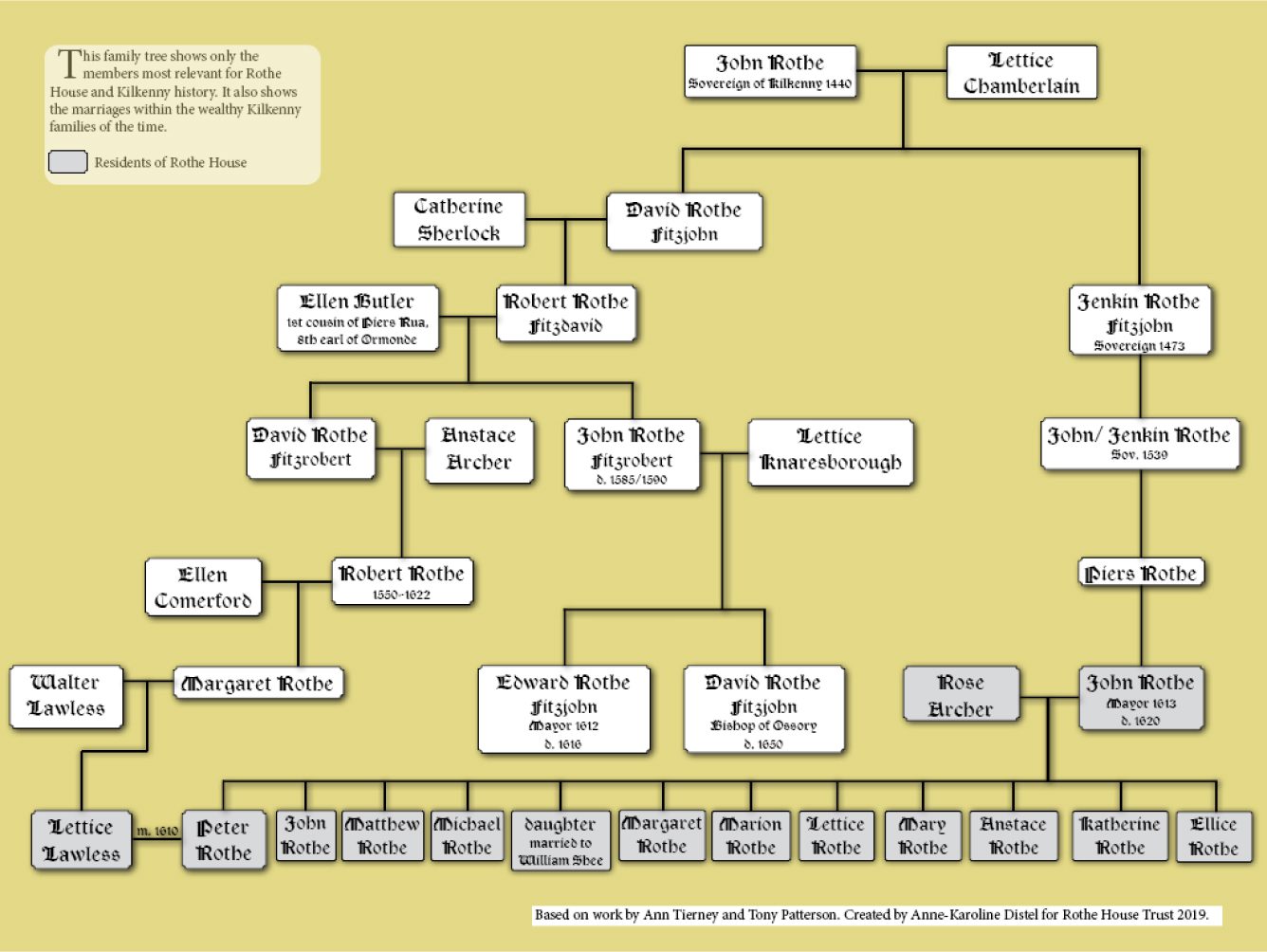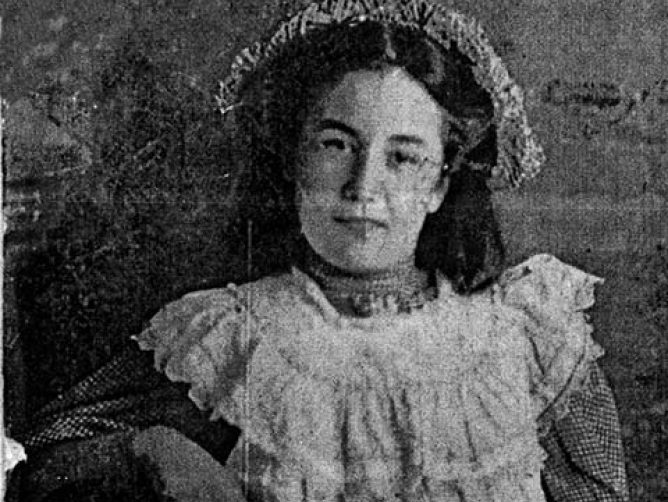Discover Rothe House: History Reborn Today
Restored with unwavering dedication, it stands as a testament to resilience and restoration, a cherished relic of Ireland’s past. As the sole survivor of its kind, Rothe House & Gardens History commands reverence, its sturdy walls echoing centuries of history and significance. Yet, amidst its esteemed stature, it remains an independent haven, drawing seekers of authenticity to its unique charm. Journey through time as you explore its weathered corridors, each step unveiling a new layer of the past.
Tranquil history, authenticity, amidst vibrant blooms.
Amidst the tranquil gardens and vibrant blooms, find solace and serenity—a respite from the chaos of modern life. Rothe House & Rothe family embody the power of restoration and the enduring allure of the unconventional. As a beacon of authenticity in a world often overshadowed by the mundane, it invites you to explore its rich history. Wander through its historic halls, soak in the meticulously preserved details, and embrace the magic of history reborn. Experience a unique blend of heritage and tranquility that only Rothe House can offer.

Restoration Work
The restoration of Rothe Family & House & Garden stands as a testament to unwavering dedication and meticulous preservation.
Each stone, each bloom, carries the weight of centuries past, carefully tended to breathe new life into this cherished relic of Ireland’s heritage. Amidst the tranquil gardens, vibrant with life, echoes of history resound through the meticulously restored halls. This endeavour embodies the enduring allure of restoration, transforming Rothe House into a beacon of authenticity amidst the chaos of modernity. It invites visitors to wander its historic corridors, to immerse themselves in the magic of a by gone era reborn.
History & Background
Our History
-
Middle Ages
1204
Earl Marshall founded the (Anglo-Norman) town of Kilkenny and laid out High Street with burgage plots. The much older Irishtown existed outside the Norman jurisdiction around St. Canice’s Cathedral.
-
1348
Plague in Kilkenny. Friar John Clyn in the Franciscan Abbey across the road recorded the effect of the plague on the town and the friary. He himself fell victim to the epidemic
-
1384-1536
Cistercian Monks of Duiske Abbey in Graiguenamanagh had abbot’s merchant house on this plot (see the well in garden).
-
Tudor Era
1536-1542
Suppression and dissolution of monasteries – plot went to the Earl of Ormonde in Kilkenny Castle.
-
1594
John Rothe Fitz-Piers and his wife Rose Archer built the first house fronting onto what is now Parliament Street. Before, they had lived in Back Lane (now Kieran Street, closer to St. Mary’s Church, now the Medieval Mile Museum).
-
1604
Second Rothe House built, as Rothe family grew to include 11 children.
-
1609
James I granted Kilkenny a charter, making it a city. John Rothe was one of its first aldermen.
-
1610
Third Rothe House built. Peter Rothe Fitzjohn (“son of John”) married Lettice Lawless.
-
1613
Third Rothe House built. Peter Rothe Fitzjohn (“son of John”) married Lettice Lawless.
-
1619
John Rothe wrote his will making provisions to be buried in the family tomb built in St. Mary’s Church. His son Peter entered national politics as an MP and became one of Kilkenny’s leading citizens.
-
Confederation and
Cromwell’s time1642
The Catholic Confederation met in Kilkenny. A Confederation flag was found behind wood panelling in Rothe House. A replica of Confederation Flag is on display in the Phelan Room, the original is kept in the National Museum in Dublin.
-
1650
Plague hit Kilkenny again – took severe toll in garrison and Irishtown. Cromwell took Kilkenny – Royalists were banished, including Peter Rothe’s family. The Cromwellians kept Edward Rothe (great-nephew of Bishop Rothe) hostage to ensure terms of treaty are honoured. Bishop David Rothe dies attempting to leave the City and is buried in the Rothe family tomb in St. Mary’s Church (now Medieval Mile Museum).
-
19th Century
1810
Michael and John Banim attended George Buchanan’s school at Rothe House. Under the pseudonym The O’Hara Family, they later described the spiral staircase in the 2nd house in their novel Father Connell.
-
1849
Kilkenny Archaeological Society was founded – later became the Royal Society of Antiquaries of Ireland (RSAI) and moved to Dublin. The Kilkenny Archaeological Society is re-founded in 1945.
-
1858-1899
Several groups of tenants lived on the premises. Some of their photographs are on display in the first house. However, the buildings fell into decay. Among the tenants was Fenian Richard De Loughry, an iron founder. He lived in the second house with his family. He used the second courtyard for cockfighting and the third for his foundry. A black outline of its roof is still visible in the 3rd courtyard.
-
1897
Timothy O’Hanrahan purchased Rothe House and restored the 2nd house for use by the Gaelic League. A plaque in the second courtyard in the Irish language serves as a reminder.
-
1899
The houses are declared “unfit for residency”.
-
20th Century
1900
The Kilkenny branch of the Gaelic League was founded. They met in the now called MacDonagh room in the 2nd house since Thomas MacDonagh had been one of the teachers. The Gaelic League continued to use that room until 2018.
-
1903
Eileen Cronin arrived in Kilkenny from Cork to teach Irish for Gaelic League. She also went on to teach Irish dance. Legend has it that her mother sent a piece of Eileen’s coat to Kilkenny by post beforehand, so she could be recognized by whoever would pick her up from the train station. The Cronin room is named after her in honour of her achievements.
-
1918
Lá na mBan: Irish women nationwide protest conscription. The ledger with their signatures is kept in “Rothe’s Arch“ (probably today’s MacDonagh room) for women to sign. This Kilkenny list of 1015 women is now the only one surviving in the whole country. Irish teacher Eileen Cronin was amongst the first women to sign.

-
1917-1936
Front shop leased by Delaney (butcher), Butler and Campion (publican).
-
1945
Re-founding of Kilkenny Archaeological Society. Its members’ donations form the collections in Rothe House Museum.
-
1962
Kilkenny Archaeological Society purchased Rothe House. With the help of fundraising and public funds, they restored the complex and opened the first and second house to the public as a museum in 1966.
-
1968
Kilkenny Tourist Information located in the first house. Micheál Mac Liammóir performed “I Must be Talking to my Friends” in Rothe House.
-
21st Century
2004
Rothe House Trust Ltd was established with full charitable status.
-
2008
The restored garden was opened to the public.
Our Newsletter




